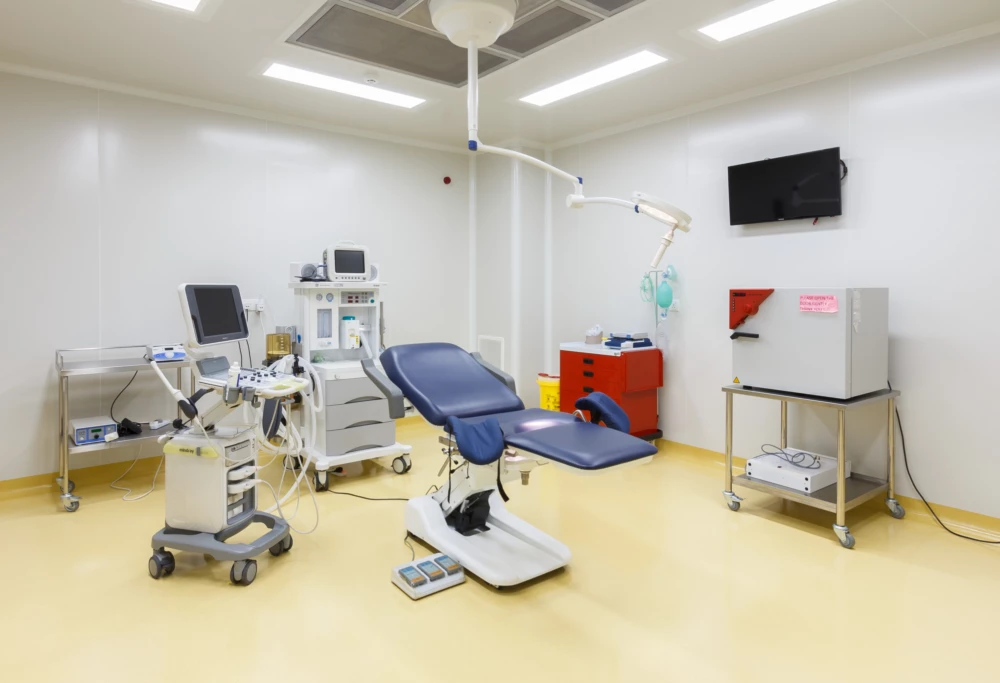The egg collection procedure, which involves retrieving or aspirating the eggs from the ovary, fertilizing them in the laboratory, and transferring the embryos back into the uterus a few days later. It is a minor procedure performed under sedation or general anaesthesia depending on the patient’s condition.
How does egg collection work?
- The egg collection is performed in our specialized IVF Operating Theatre (OT) via transvaginal ultrasound (similar to the ultrasound used for monitoring of follicles during stimulation).
- Once the ovary is visualized by ultrasound, a very fine needle is passed through the vaginal wall into the ovary to harvest the eggs. The eggs which are now in a test tube are handed over to the embryologist for processing.
- The embryologist examines the follicular fluid, identifies the egg, and then transfers each egg to a special culture media.
- In order to ensure minimal exposure to the external environment our laboratory is located next to the IVF OT. The procedure takes about 15 minutes to complete and refreshments will be served once you are fully awake. You will be discharged about an hour later.



